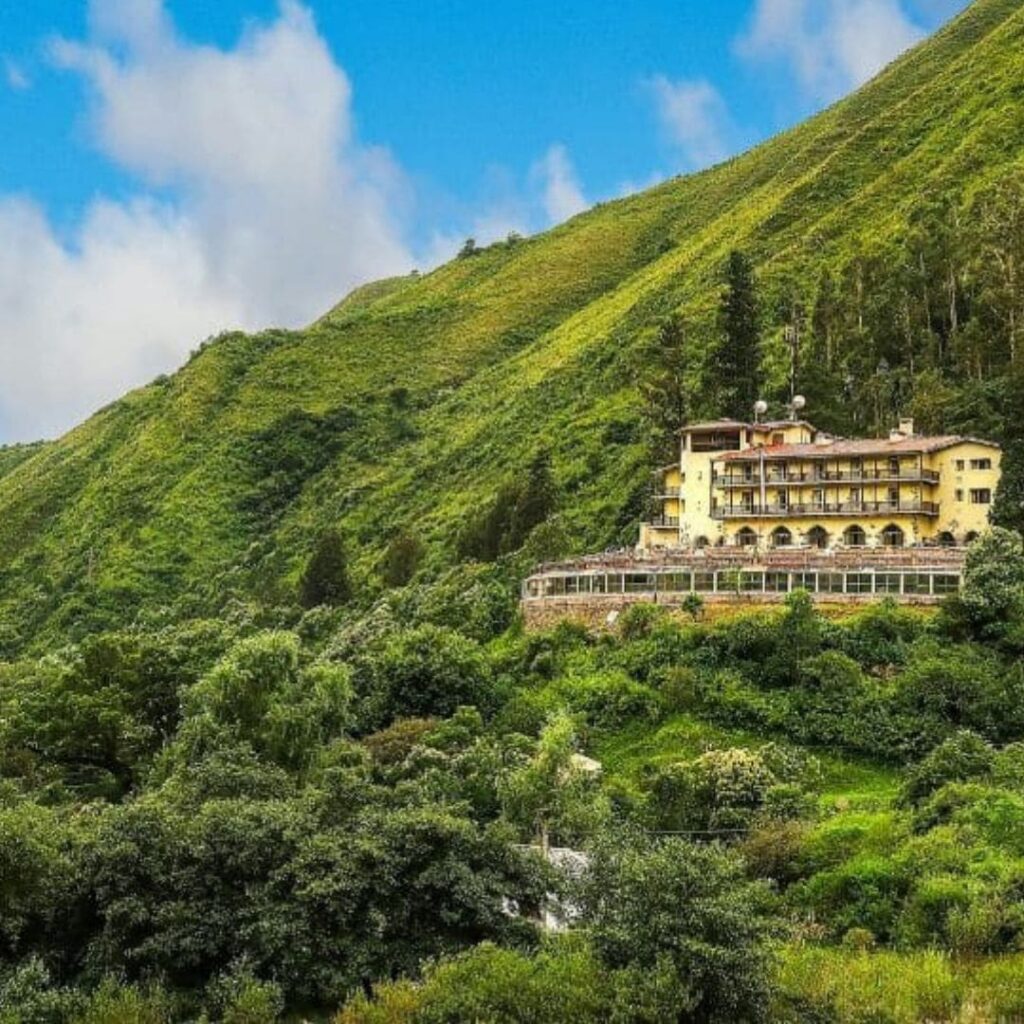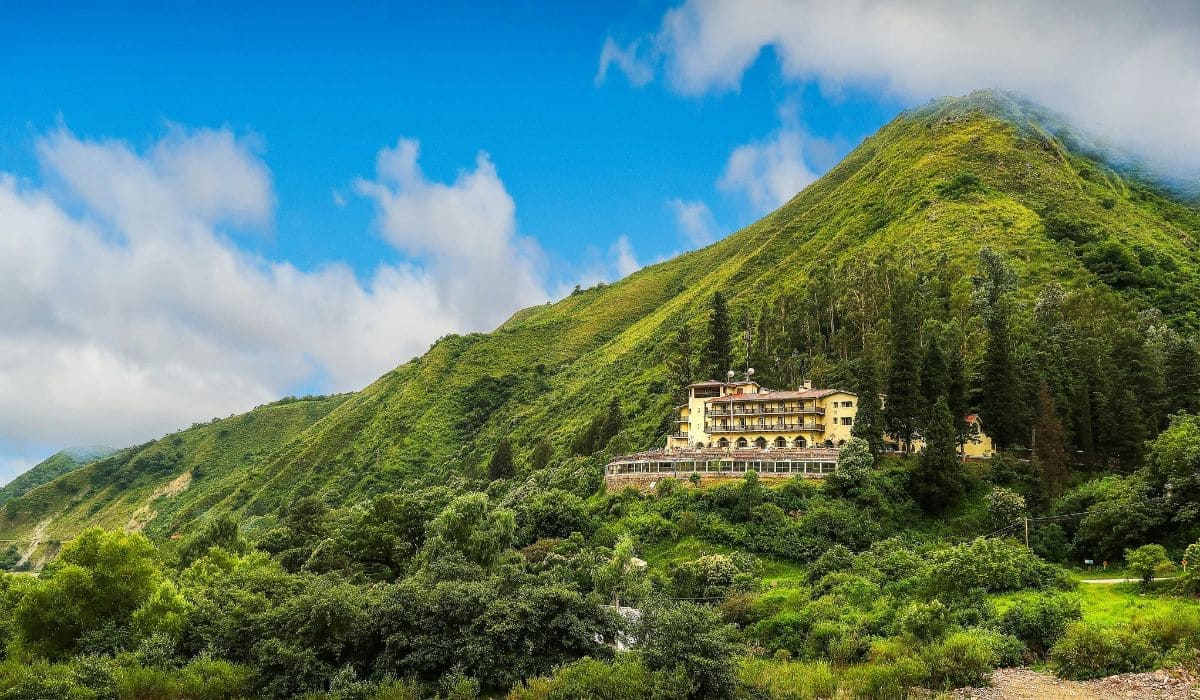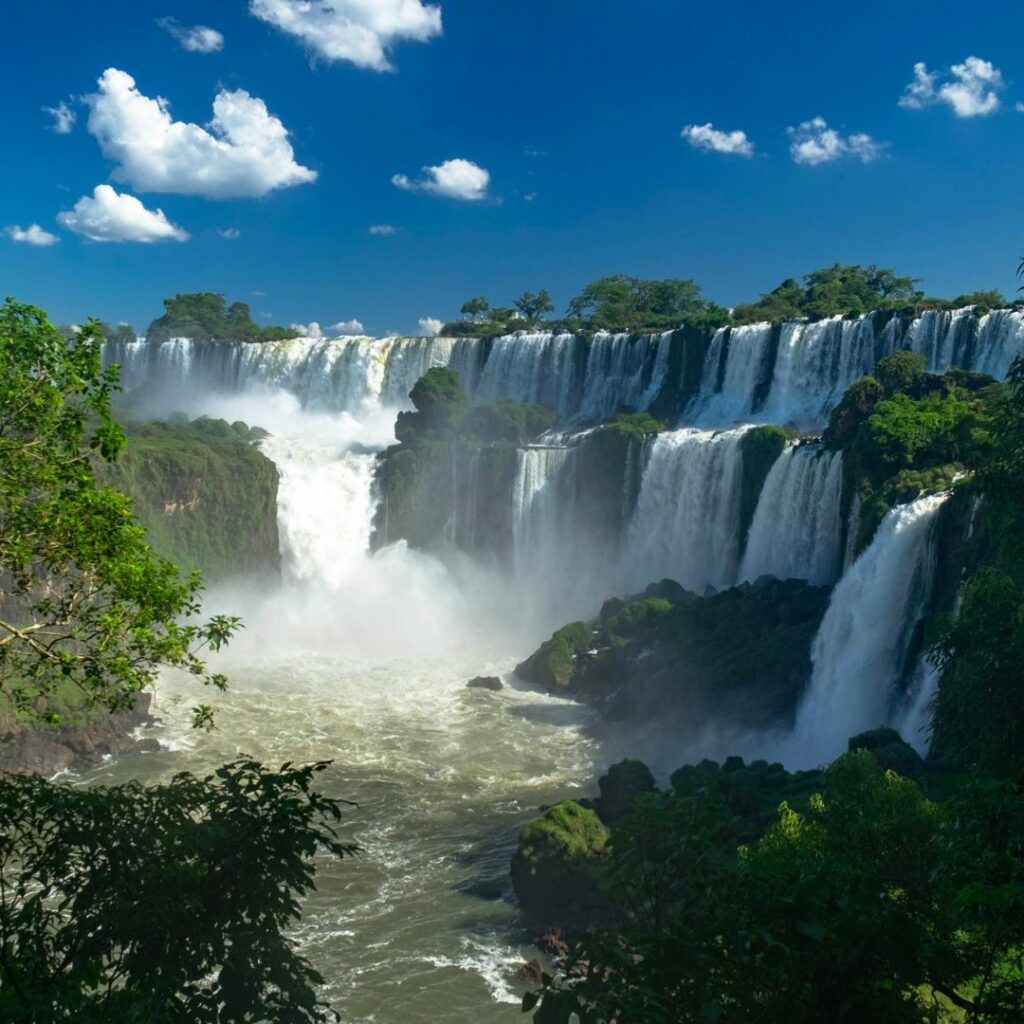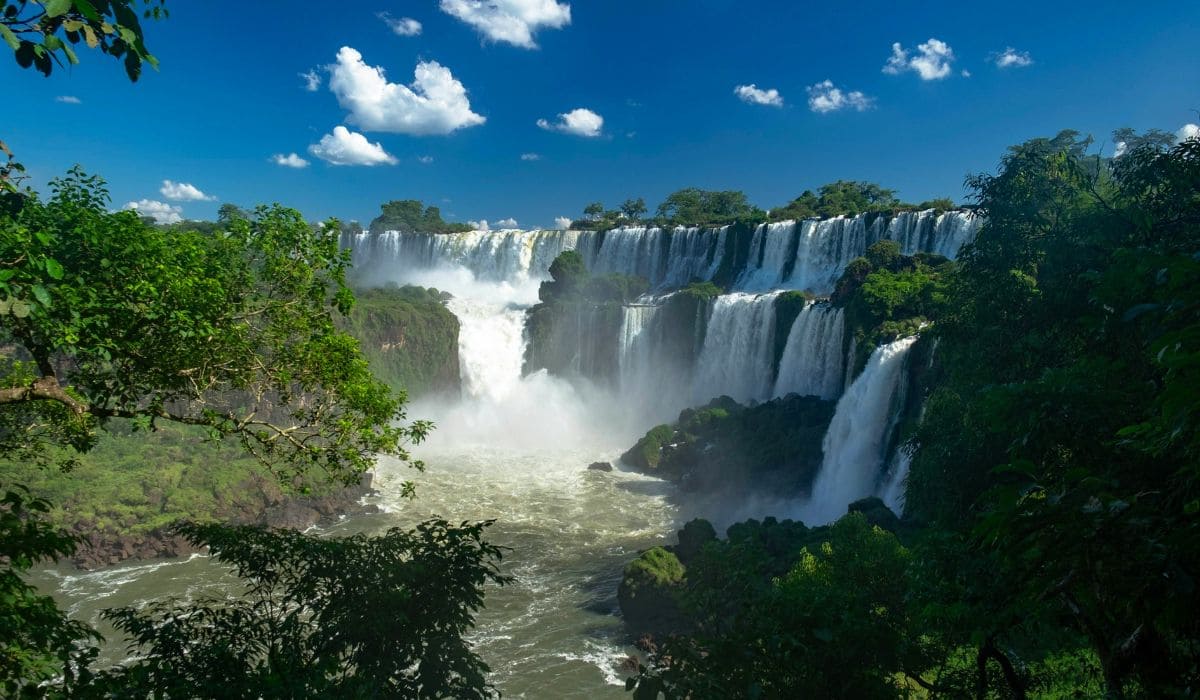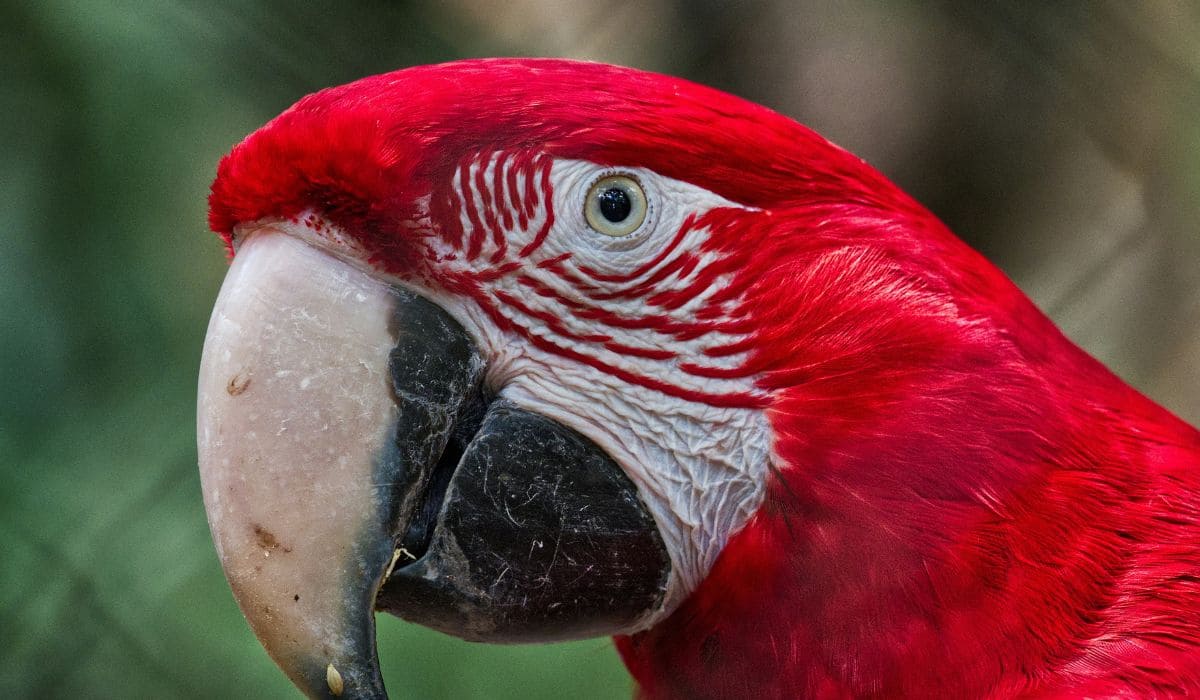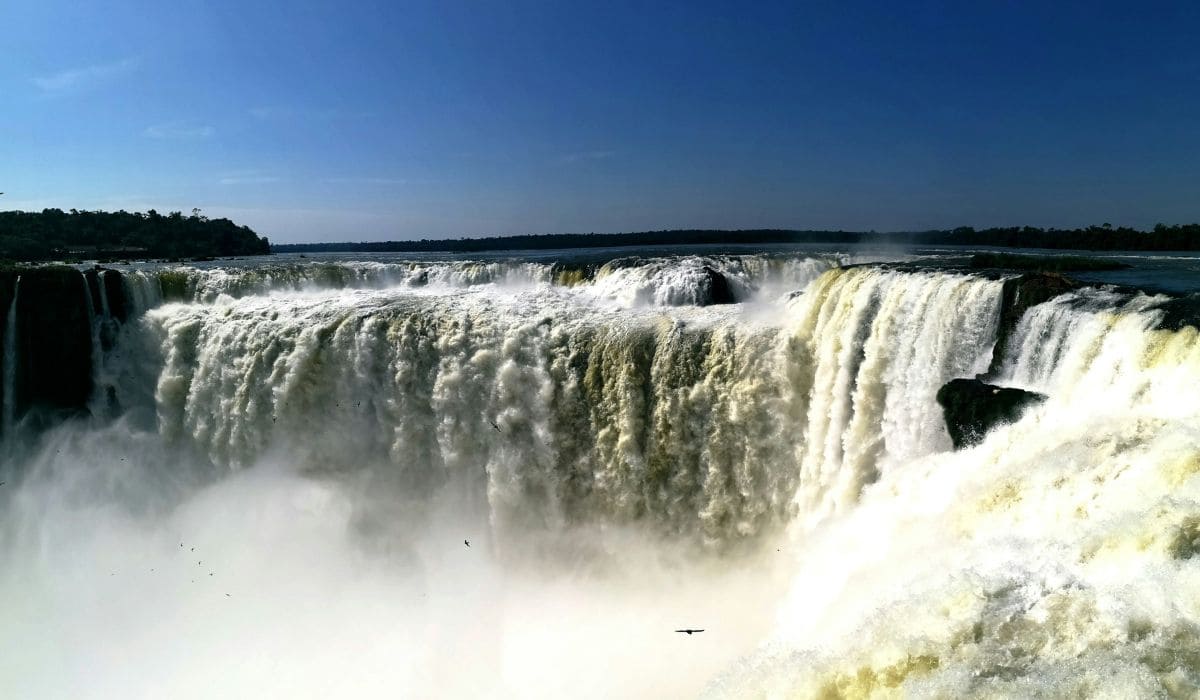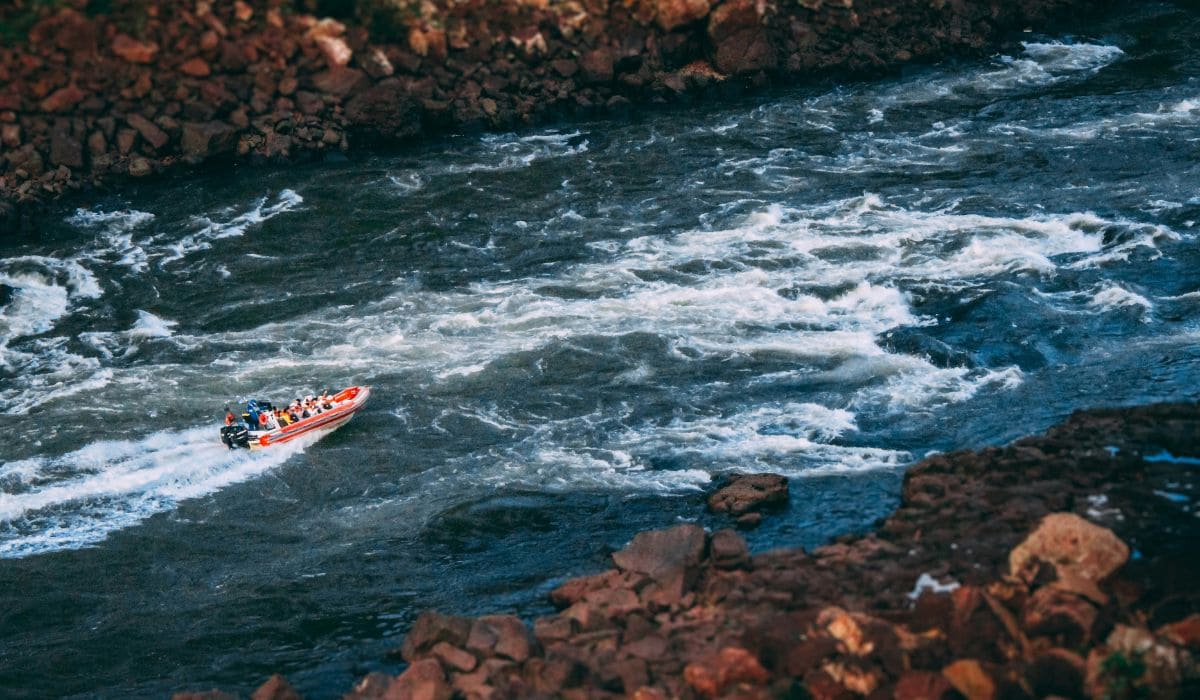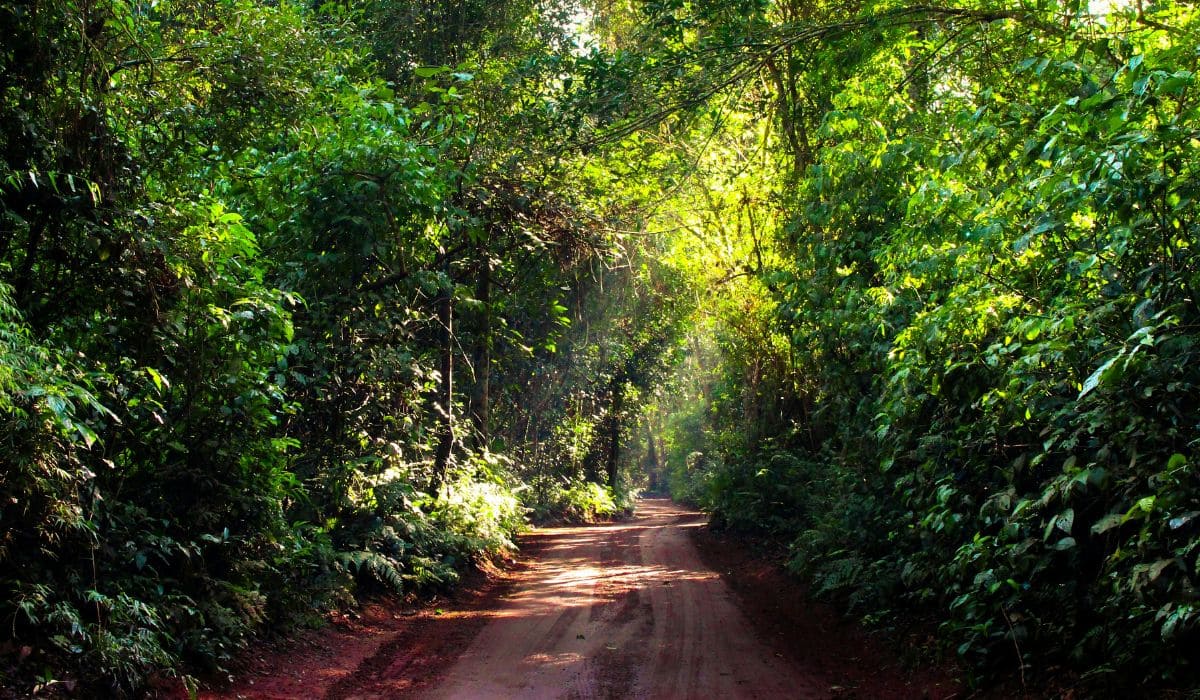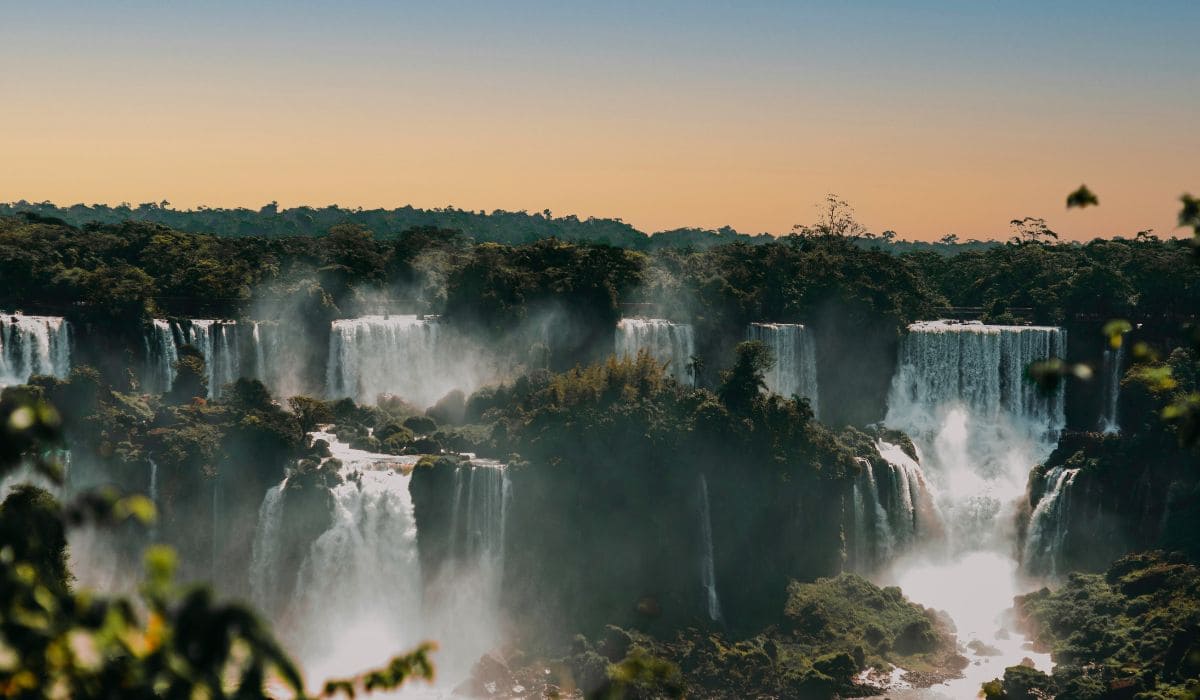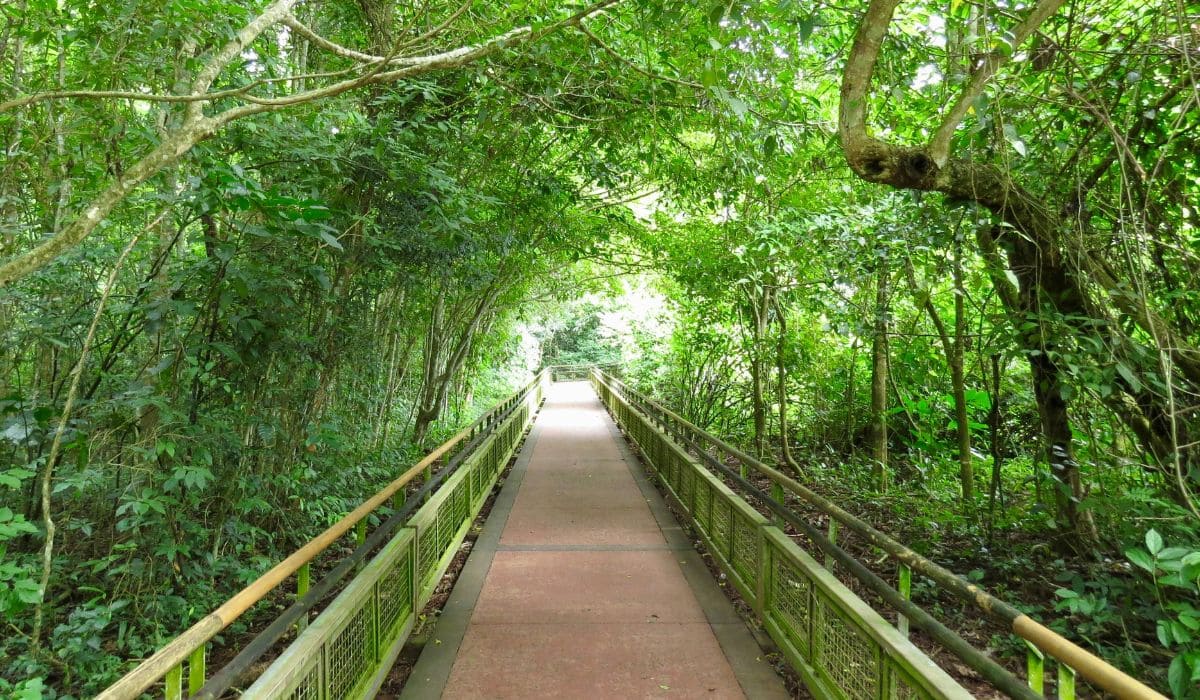The 5 best destinations to travel in Spring in Argentina
Choosing one of the destinations to travel in spring in Argentina is one of those doubts that is sometimes hard to decide. Sea, mountains, jungle, lakes, rivers. Maybe the problem is that we find ourselves with an immensity and beauty that is hard to find anywhere else in the world. There is so much to see, feel, and experience that we don’t know where to start.
For many, it is the best season to travel around our country, and it’s probably true. The colors reappear, the flora blooms again, and temperatures become friendlier. And each place has its magic: the Jujuy and Salta yungas, the spectacular Iguazú Falls, spring in Bariloche, the San Juan mountain range, and Entre Ríos with its rivers. And this is just the beginning.
At Rentennials we want to help you choose your next getaway for this spring. That’s why we present 5 destinations that are our favorites so you can discover the best of our country.
Why travel in spring through Argentina?
The spring months are the best times to travel through Argentina. Winter holidays are over, and the crowds in some places disappear. In addition, temperatures become friendlier even in the southernmost areas. But there’s something that makes the difference: the colors of the landscapes are reborn with a new splendor.
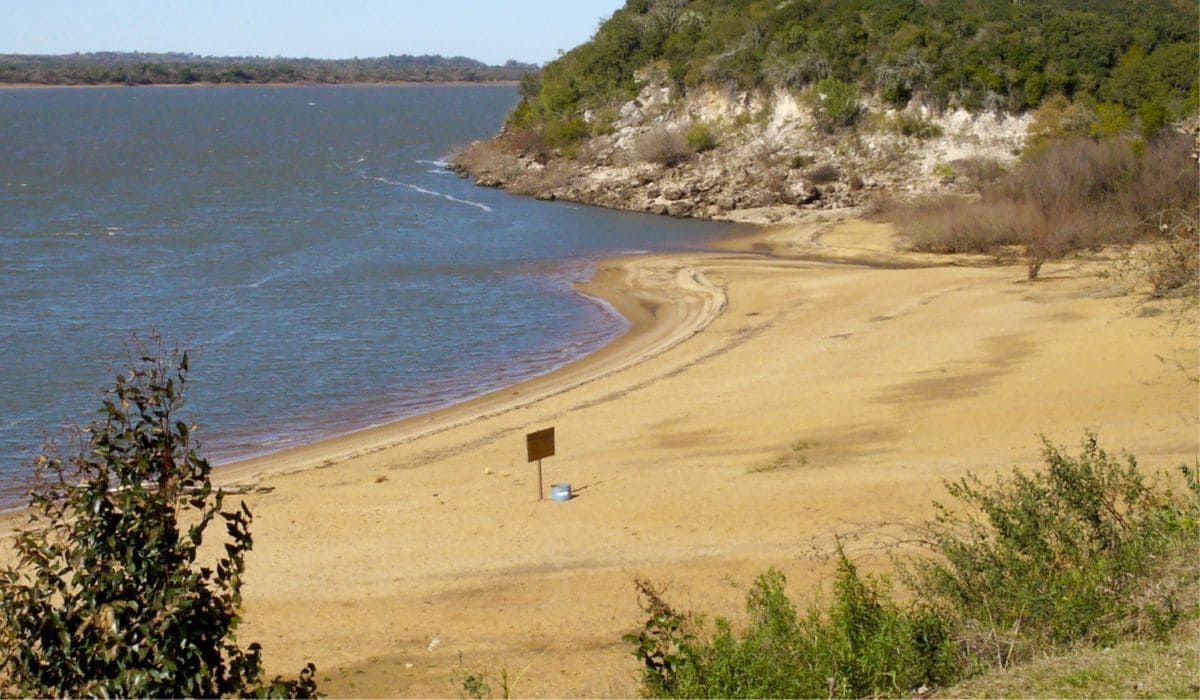
@visitargentina
How to choose one of the destinations to travel in spring?
To make the most of your trip, first think about what kind of experience you are looking for: Do you want to enjoy nature in full bloom? Are you more interested in culture and gastronomy? Or do you prefer outdoor activities like trekking, wildlife watching, or relaxed excursions?
Another thing to consider is the length of the trip and who you are traveling with. For example, some places may have excursions that are a bit more physically demanding, while others are ideal for all audiences.
Choosing the right destination to travel in spring through Argentina is the key to having the experience you’re looking for.
What destinations are the best to travel in spring?
Every traveler looks for something different in a destination. If you want to walk through the jungle without so many people, Jujuy is your place. For those who want to stay relatively close to Buenos Aires, Entre Ríos. For a unique experience in the mountains, San Juan and Barreal. Lakes and mountains: Bariloche. Each place has its magic, but they all have something in common — nature and disconnection.
Now yes: the 5 best destinations to travel in spring in Argentina
Choosing one destination over another was not easy, but we tried to make sure that most regions of the country were represented.
What was our selection criteria? That they are suitable for the whole family, easy to access, and have all the amenities for tourists.
Below we leave you all the info for each destination and, of course, there is much more to choose from.
The Jujuy and Salta Yungas
For those who like the jungle and getting closer to a very different landscape, northern Argentina has the not-so-well-known yungas. This is a very diverse ecosystem that houses hundreds of animals and abundant flora. This environment is found both in Salta and Jujuy, but there are some places where you can truly experience this region.
In the province of Salta is the Quebrada de San Lorenzo, just 10 kilometers from the capital. There is the Reserva Municipal Yungas de San Lorenzo, which has some walking trails (suitable for all audiences) that allow you to get up close to this beautiful ecosystem.
To the north, in the province of Jujuy, lies the beautiful Calilegua National Park, which is very close to the capital. The nearest city (where you can stay overnight) is Libertador General San Martín. The park has some trails with a certain level of difficulty, but the best part is that it is a little-visited place. This allows you to appreciate the sounds of nature in their purest form.
A recommendation? Combine the Salta and Jujuy yungas over about 4 days, and if you have more time, take a tour through the Quebrada de Humahuaca. With all this, you have one of the best destinations to travel in spring.
Barreal in San Juan
A unique place to get closer to the universe — and we’re not speaking metaphorically. In Barreal, about 210 km from the city of San Juan and about 380 km from the city of Mendoza, you will find one of the best skies for stargazing, and therefore, one of the best destinations to travel in spring in Argentina.
At the foot of the mountains lies the El Leoncito National Park, guardian of the darkest, starriest nights. There are two observatories there: CASLEO — belonging to CONICET — and Félix Aguilar of the National University of San Juan. Both offer nighttime experiences guided by experts. Important: book in advance through their websites.
That’s not all. In Barreal, you can also do land sailing in Pampa El Leoncito (practically in front of the National Park), horseback riding, treks such as the Turquesa stream, and wine tasting. And of course, relax while gazing at the imposing mountains, whose peaks remain snow-capped even in these seasons.
How to get to Barreal? The best option is to rent a car in San Juan or Mendoza and start your journey. A note: from Mendoza, the recommended route is via National Route 40. Google Maps may suggest RN 149, but a long stretch is practically sand (only suitable for 4×4).
The Misiones Jungle
We say Misiones Jungle and not just Iguazú Falls because Misiones has much more to offer. The good thing is that everything is close together, with excellent and beautiful roads. Rivers, spectacular waterfalls, and an incredible jungle await you in one of the best destinations to travel in spring in Argentina.
Your trip can start in Posadas or in Puerto Iguazú. Fly into either of these cities, rent a car, and plan an itinerary to include some of the destinations you like the most. If you already know Iguazú, you can start in Posadas and venture into the central jungle of the province until you reach the incredible Moconá Falls.
To visit the Falls, we recommend you go beyond Iguazú National Park and explore the other side of the Misiones Jungle. Take National Route 101 and reach the Urugua-í Provincial Park to walk along its trails that are practically yours alone. Of course, you’ll dedicate the previous days entirely to the Falls.
A recommendation: travel for at least a week so you don’t just stick with the beautiful Iguazú Falls.
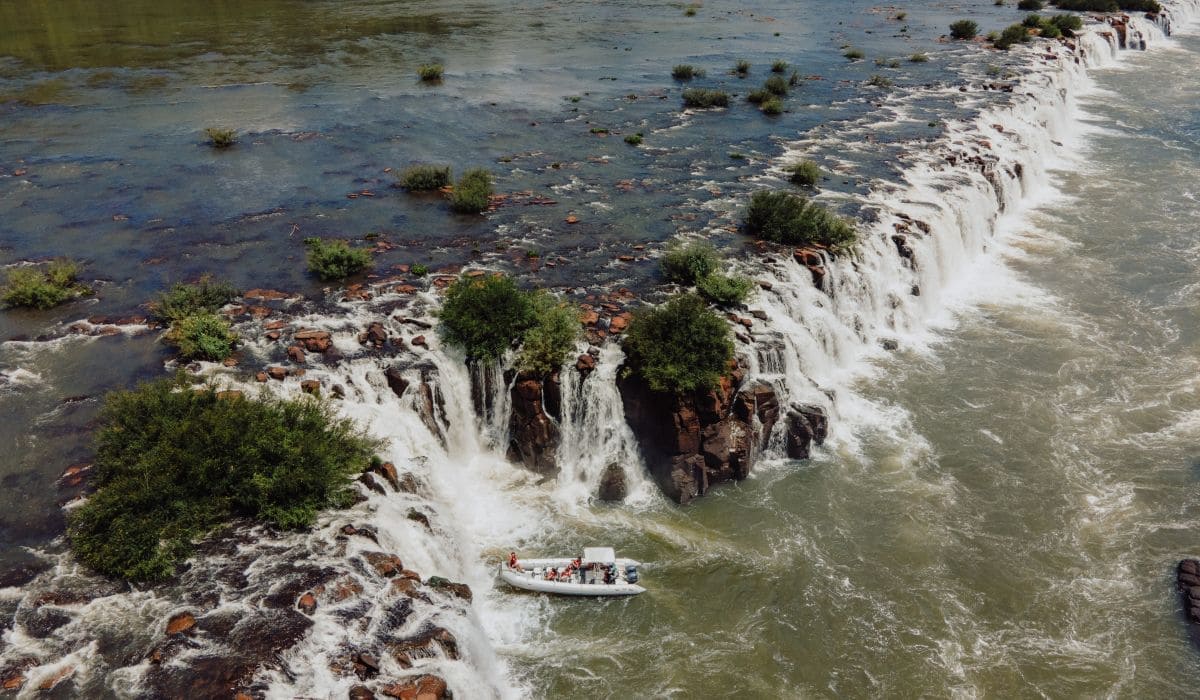
@visitargentina
El Palmar National Park and Colón
Very close to the Autonomous City of Buenos Aires (just 350 km away) is the El Palmar National Park, one of the most visited and recognized in the country. Palm groves, rivers, and trails where you can spot birds and numerous capybaras (and many more animals) are just some of its attractions.
The ideal is to camp in the National Park, which has a beautiful and very complete campsite. But if you prefer more comfort, opposite is La Aurora del Palmar, a private nature reserve with lodging.
In the El Palmar National Park there are some beaches that, during springtime, are open to the public. You can also walk trails, kayak on the Uruguay River, and learn about the region’s history because inside the park there are remains of Jesuit Missions.
The attractions don’t stop there. The city of Colón, very close to El Palmar, has hot springs and beaches. In addition, a few kilometers away is the town of San José, an interesting place for rural tourism. And finally, don’t miss Pueblo Liebig, an open-air museum built exclusively for a meatpacking plant in the early 20th century and today preserving part of the past.
A tip: in Villa Elisa — just minutes from Colón — there are hot springs perfect for relaxing with all the amenities.
Bariloche and the Route of the 7 Lakes
We arrive in Patagonia and one of the most beautiful cities in the country: Bariloche. After the snowfalls and cold days come the thaw and the blooming of the forest, which is why we chose it as one of the best destinations to travel in spring in Argentina. As we know, there’s plenty to do in Bariloche, so here we tell you some must-sees you can’t miss.
To make your Bariloche itinerary easier, here’s a small list of what you must do:
- Tour the Circuito Chico
- Go up Cerro Campanario or Cerro Otto (or both if you want)
- Go to Cerro Tronador via the Pampa Linda route
- Have a hot chocolate or coffee at one of the most famous places
- Visit Isla Victoria and the Arrayanes National Park
- Discover some of Bariloche’s hidden gems
One plan you can’t miss: a tour along the Route of the 7 Lakes. Take your time and stop to enjoy each lake (and if you can, stay in a campsite or cabin along the way).
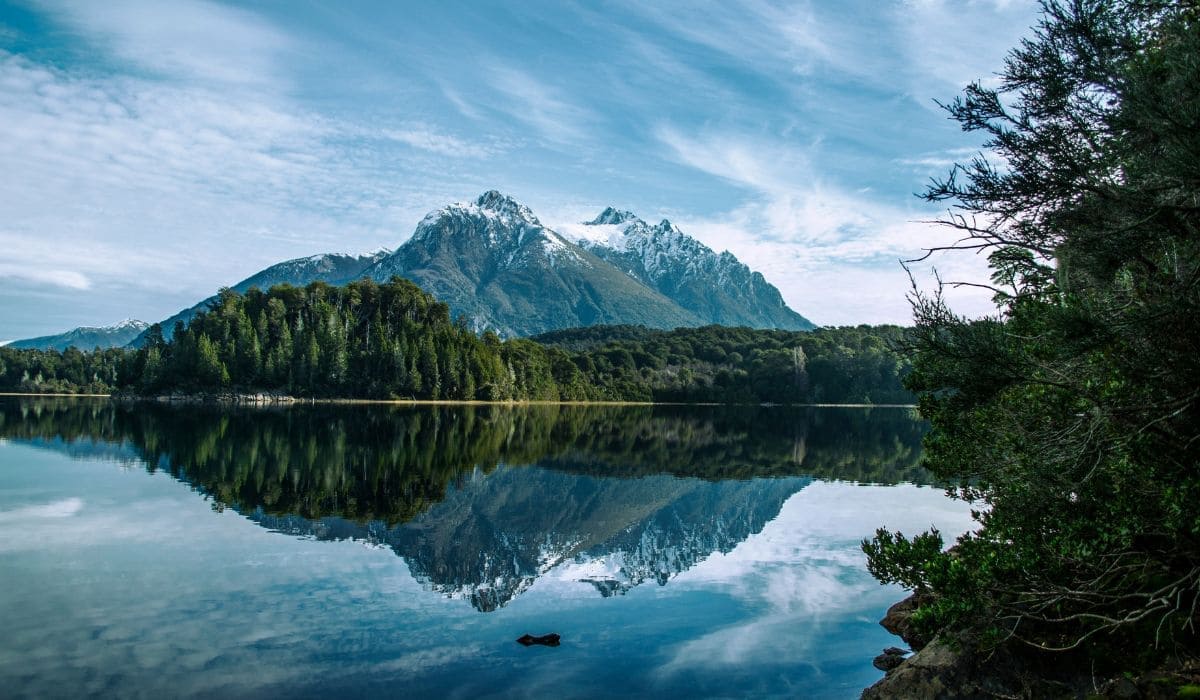
How to explore each of the destinations?
The best way to explore each of the best destinations to travel in spring is by car. Start by renting one in one of the main cities and plan your trip to get to know each place in depth.
Tips to make the most of your spring trip
- Plan the trip in advance. Some spring weeks can be more crowded, so book accommodations and some excursions a few weeks ahead.
- Bring comfortable clothes and warm layers. While spring weather can be pleasant, it can vary greatly during the day. Bring clothes for both cold and warm temperatures.
- Enjoy the longer days. Spring has more daylight hours, ideal for touring and walking at a relaxed pace.
- Use sunscreen and a hat. Even if the weather is cool, the sun can be strong. Use sunscreen, sunglasses, and a hat to avoid sunburn.
- Enjoy the gastronomy. No trip is complete without a moment to savor regional dishes. Indulge in local flavors and try new tastes.
Rent a car and experience Argentina in spring
Have you already decided where to travel in spring in Argentina? One thing is clear: whichever destination you choose, your trip will be unforgettable. Mountains, lakes, jungle, rivers — a country that has it all and is worth exploring.
Renting a car with Rentennials is the first step to start touring each of the destinations we told you about. Then all that’s left is to plan your trip and make the most of every moment. No matter how many days your getaway lasts, each place will give you exactly what you’re looking for.
We are Rentennials
Rentennials is the new way to rent cars from local hosts in your city, quickly, easily, and affordably. It's also your new path to starting your own car rental business and making money every month.
Discover more.
